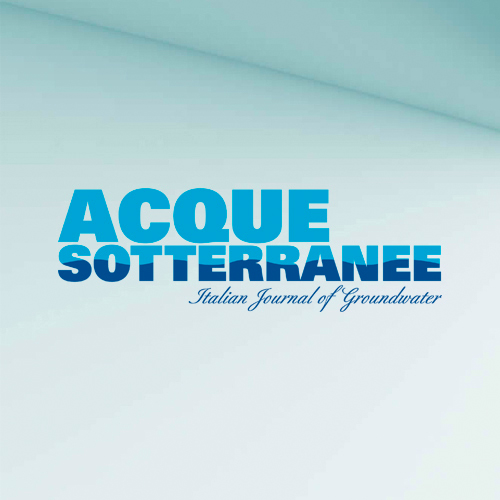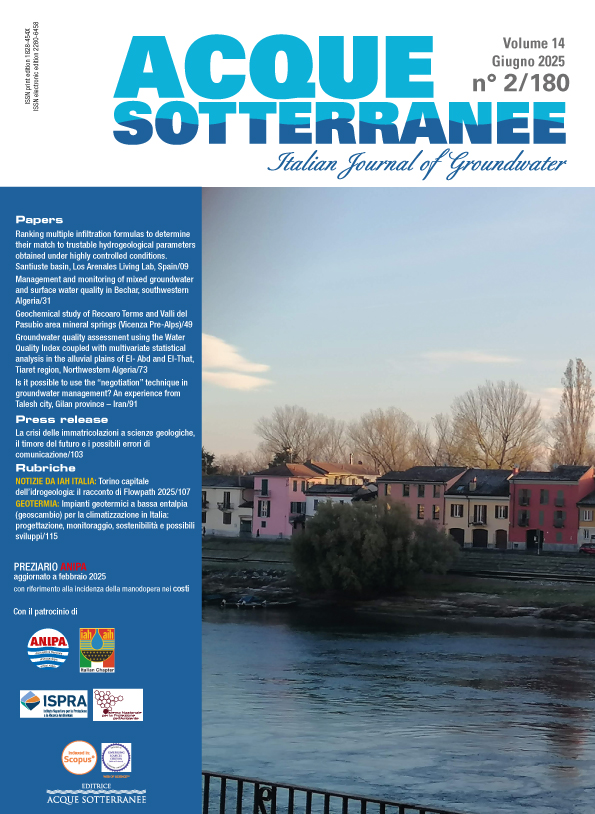Ranking multiple infiltration formulas to determine their match to trustable hydrogeological parameters obtained under highly controlled conditions. Santiuste basin, Los Arenales Living Lab, Spain

All claims expressed in this article are solely those of the authors and do not necessarily represent those of their affiliated organizations, or those of the publisher, the editors and the reviewers. Any product that may be evaluated in this article or claim that may be made by its manufacturer is not guaranteed or endorsed by the publisher.
Accepted: 25 March 2025
Authors
Hydraulic conductivity is a crucial variable in hydrological studies involving groundwater resources. It provides insight into underground water flow and is essential for creating numerical groundwater models, evaluating an aquifer’s potential for water supply and intentional recharge, and determining site suitability for construction projects. Many surveys and tests can be used to estimate hydraulic conductivity. Authors have developed a methodology to determine the best method for estimating hydraulic conductivity in an intensely monitored area. This involves comparing parameters observed on-site and applying widely-accepted formulas from hydrogeological literature. The methodology was implemented in the Santiuste basin, which is part of the Los Arenales Managed Aquifer Recharge (MAR) systems. In this area, reliable hydrological data sets have been collected for approximately 15 years using various sensors under highly controlled conditions. Direct measures of real horizontal (Kxy) and vertical (Kz) hydraulic conductivities, along with other parameters, have been assessed to be compared with the results of formulas. The authors have tested a total of 20 formulas and methods to evaluate which theoretical formula best matches the hydraulic conductivities obtained in the field. We have proposed a ranking of formulations based on their accuracy in relation to the observed data. We have also developed a correlation matrix among the different environmental conditions and MAR water flow to assess the relationship among several parameters, and the weight of each for groundwater movement in this specific MAR system. The methodology presented can help to determine the best groundwater flow interpretation formulas in particular conditions.
Supporting Agencies
The research leading to these results has received funding from the European Union’s Horizon 2020 research and innovation program under the Marie Skłodowska-Curie grant agreement no. 814,066 (Managed Aquifer Recharge Solutions Training Network - MARSoluT).How to Cite

This work is licensed under a Creative Commons Attribution-NonCommercial 4.0 International License.








